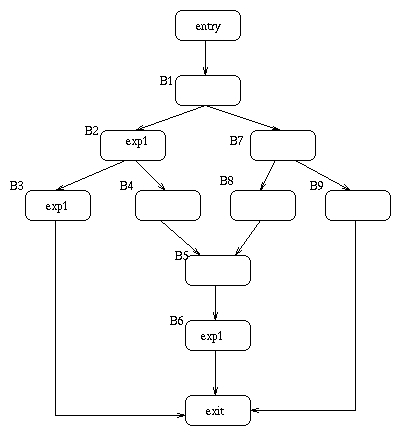May 18, 1998
We are pleased to announce that Cygnus has donated a global optimization framework and new optimizers based on that framework to the EGCS project.
An extra special thanks to Doug Evans who wrote much of this code as his last GCC contribution. Thanks for the many contributions over the years!
The global optimization framework provides:
This infrastructure provides EGCS with the capability to solve traditional uni-directional dataflow problems which arise in most global optimizers.
New optimizers
EGCS has two implementations of global common subexpression elimination. The first is based on the classic algorithm found in most compiler texts and is generally referred to as GCSE or classic GCSE.
The second implementation is commonly known as partial redundancy elimination (PRE). PRE is a more powerful scheme for eliminating redundant computations throughout a function. Our PRE optimizer is currently based on Fred Chow's thesis.
The difference between GCSE and PRE is best illustrated with an example flow graph:

This example has a computation of "exp1" in blocks B2, B3 and B6. Assume that the remaining blocks do not effect the evaluation of "exp1".
Classic GCSE will only eliminate the computation of "exp1" found in block B3 since the evaluation in block B6 can be reached via a path which does not have an earlier computation of "exp1" (entry, B1, B7, B8, B5, B6).
PRE will eliminate the evaluations of "exp1" in blocks B3 and B6; to make the evaluation in B6 redundant, PRE will insert an evaluation of "exp1" in block B8.
While PRE is a more powerful optimization, it will tend to increase code size to improve runtime performance. Therefore, then optimizing for code size, the compiler will run the classic GCSE optimizer instead of the PRE optimizer.
Global constant/copy propagation and global common subexpression elimination
are enabled by default with the -O2 optimization flag. They can also be
enabled with the -fgcse flag.
Copyright (C) Free Software Foundation, Inc. Verbatim copying and distribution of this entire article is permitted in any medium, provided this notice is preserved.
These pages are maintained by the GCC team. Last modified 2022-10-26.